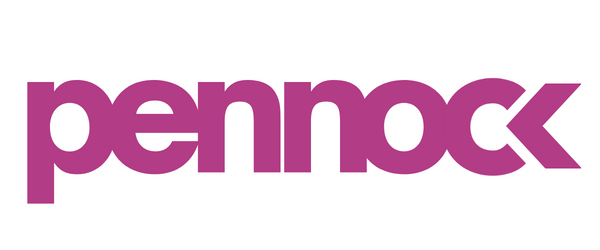Brand Storytelling: Future of Marketing
Sales pitches disguised as content.
Ads that look like ads.
That’s so 2023. Today's consumers crave connection with brands. They demand authenticity and relatability through captivating brand narratives. This is when marketers dig out their Brand Book and tie content themes back to their good old “Brand Story” that maybe hasn’t been used since the last time you got funding!
A good Brand story offers value This might tie to long-form content or even slogans.
Take Subaru’s “we’re more than just a car company” which they use to share their story of sending hundreds of thousands of American kids in need clothing.
Once you’ve opened up your Pitch Deck and Brand Book again, if you find your story is underwhelming…you are not alone! Just update it with these tips for a long-lasting impact on your users:
The Power of Relatability: With the shift in consumer behavior, users now seek brands they can relate to on a deeper level. Uncover the factors that contribute to this shift among your target audience and build connections beyond those mere product transactions.
The Brand Origin Stories: Brand origin stories have proven to have a magnetic pull. Users are drawn to the authenticity embedded in a brand's journey, from its humble beginnings to its current stature. Make storytelling a means to connect with your users through shared experiences.
Crafting Memorable User Experiences: There is no better way to make your brand relatable than showcasing a user experience. Users no longer settle for a mere product; they seek an immersive journey that resonates with their values, preferences, and aspirations.
Do’s and Don'ts
Do’s:
A/B Testing: When in doubt, AB test! Determine the most effective messaging tone and creative elements by experimenting with different variations. Whether identifying the optimal messaging tone or selecting the most impactful creative, A/B testing is the definitive approach to understanding what resonates with your audience. For instance, when a brand seeks to enhance awareness, A/B testing can unveil whether the Brand Origin story or the Product Ingredient Procurement story is more compelling. By testing these narratives, you gain insights into what your target audience connects with, ultimately shaping your value-driven "Brand Story."
Show-Don’t Tell: Let the user perceive your brand the way they want, allowing them to form their impression. Rather than explicitly stating details about your product, showcase the inherent value behind it. Yes, again the value-based approach. This approach aids your audience in genuinely grasping your offer's inherent value and significance.
Don'ts
Excessive use of Jargon: When communicating your brand's value, especially for Direct-to-Consumer (DTC) brands, steer clear of excessive technical terms. The overuse of jargon can diminish the relatability aspect. Brands should avoid using complicated messaging and opt for clear, straightforward language to ensure that their message resonates effectively with the audience.
The wrong perspective: A common mistake in brand storytelling is starting from the brand’s perspective instead of the audience's. Many brands tend to narrate their brand story centered all around themselves. A compelling brand story should position the audience or prospective consumers, as the main hero of the story
If your brand isn’t building the RIGHT brand story, you’re falling behind. A deeper understanding of your customer today positions you more effectively for the challenges of the future.
